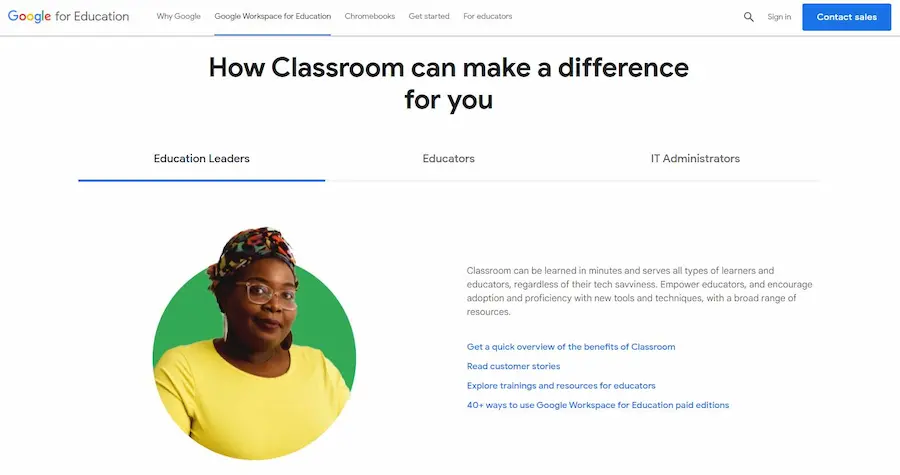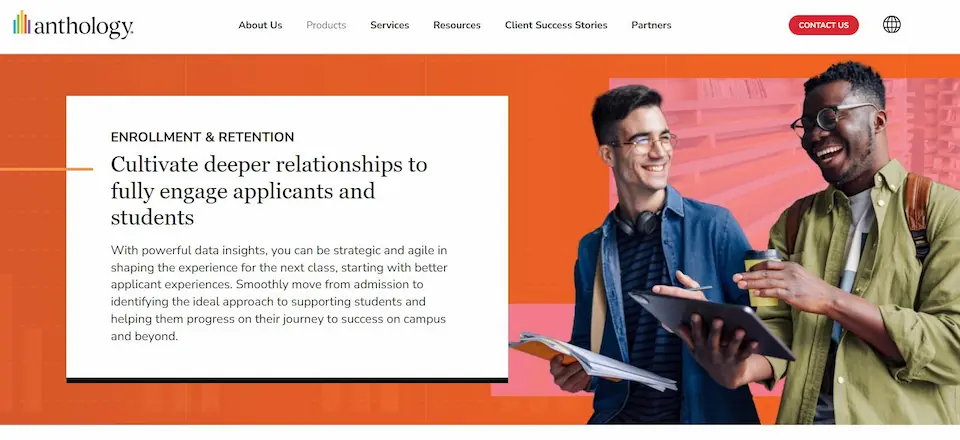With the rapid growth of online education, the choice of a learning management system (LMS) has become a critical decision for educational institutions, teachers, and students. Two prominent contenders in the LMS landscape are Google Classroom and Blackboard. This article aims to provide a comprehensive comparison of these platforms, highlighting their features, advantages, and drawbacks, to assist educators and institutions in making informed decisions when selecting the right LMS for their needs.
Google Classroom: The Educational Giant

Google Classroom, part of the Google Workspace for Education suite, has emerged as a formidable player in the online education arena. Launched in 2014, it has gained widespread adoption in K-12 and higher education institutions.
Key Features and Advantages:
Integration with Google Tools: Google Classroom seamlessly integrates with popular Google productivity tools like Google Docs, Sheets, Slides, and Drive. This fosters collaboration and streamlines the workflow for teachers and students.
User-Friendly Interface: The platform offers a user-friendly and intuitive interface, making it accessible for both educators and students. Creating assignments, sharing resources, and managing classes is straightforward.
Google Meet Integration: With the integration of Google Meet, educators can conduct live video meetings, enhancing the virtual classroom experience.
Real-Time Collaboration: Google Classroom facilitates real-time collaboration on assignments and projects, allowing students to work together on shared documents.
Accessibility: The platform is designed with accessibility in mind, ensuring that students with disabilities can engage with course content effectively.
Just to let you know
Sign up for a free OnlineExamMaker account to create an interactive online quiz in minutes – automatic grading & mobile friendly.
Use Cases:
K-12 Education: Google Classroom is widely used in K-12 settings, allowing teachers to create, manage, and assess assignments for younger students.
Higher Education: Many colleges and universities have adopted Google Classroom for its collaborative features and integration with higher education resources.
Blackboard: A Pioneer in Online Learning
Blackboard has a long history in the field of online education, with its roots dating back to 1997. It has been a trusted name for institutions seeking a robust and feature-rich LMS.

Unique Features and Benefits:
Comprehensive Features: Blackboard offers a comprehensive set of tools for educators, including discussion boards, assessment options, and course management features.
Customization: The platform allows for extensive customization, enabling institutions to tailor the LMS to their unique needs and branding.
Scalability: Blackboard can accommodate institutions of various sizes, from small colleges to large universities, making it highly scalable.
Secure Environment: Security features are a priority for Blackboard, ensuring the protection of sensitive student data and compliance with regulations.
Use Cases:
Higher Education: Blackboard is widely adopted in higher education settings due to its extensive feature set and scalability.
Corporate Training: Many organizations use Blackboard for employee training and development.
Head-to-Head Comparison
Ease of Use for New Users:
Google Classroom:
Google Classroom boasts a clean and user-friendly interface.
It is particularly praised for its simplicity and ease of use.
The familiarity of Google’s interface helps users quickly adapt.
Blackboard:
Blackboard has a more complex interface compared to Google Classroom.
It may require more time for both educators and students to become proficient.
Customization options can add complexity to the user interface.
Features and Functionality:
Google Classroom:
It offers a straightforward set of features, focusing on essential classroom management tools.
The emphasis is on collaboration, document sharing, and assignment submission.
The feature set is well-suited for K-12 and some higher education scenarios.
Blackboard:
Blackboard provides an extensive array of features, including discussion boards, gradebooks, and advanced assessment options.
Its feature set is designed to meet the needs of diverse educational institutions, including large universities and corporate training programs.
Blackboard excels in offering more sophisticated and advanced tools for educators.
Accessibility and Mobile Compatibility:
Google Classroom:
Google Classroom places a strong emphasis on accessibility, making it suitable for users with disabilities.
It offers mobile apps for both Android and iOS devices, ensuring accessibility on smartphones and tablets.

Blackboard:
Blackboard also prioritizes accessibility but may require additional customization to meet specific accessibility needs.
The platform offers mobile apps for on-the-go access to course materials and communication tools.
Cost and Licensing:
Google Classroom:
Google Classroom is part of the Google Workspace for Education suite, which offers a free version for eligible educational institutions.
Premium features are available through Google Workspace for Education Plus, offered at a per-user subscription price.
Blackboard:
Blackboard’s pricing varies depending on the institution’s size, requirements, and the specific modules and features needed.
Costs can include licensing fees, implementation, and ongoing support expenses.
Pros and Cons
Google Classroom:
Pros:
User-friendly interface.
Integration with Google productivity tools.
Real-time collaboration.
Accessibility features.
Cost-effective for many institutions.
Cons:
Limited advanced features compared to Blackboard.
May not meet the needs of larger institutions or complex course structures.
Blackboard:
Pros:
Comprehensive feature set.
Extensive customization options.
Scalable for large institutions.
Security and data protection.
Suitable for diverse educational settings.
Cons:
Complex interface for beginners.
Potentially higher costs.
May have a steeper learning curve for educators and students.
OnlineExamMaker: An Alternative LMS Tool for Schools & Companies
OnlineExamMaker is a comprehensive and innovative Learning Management System (LMS) designed to transform employee learning and development within organizations. With a strong focus on engaging and effective learning experiences, the software aims to make training more enjoyable, personalized, and impactful.
The platform offers a wide range of customization options, allowing instructors to build their unique brand identity within their courses. With drag-and-drop functionality, course creators can design visually stunning and interactive content, incorporating multimedia elements such as videos, quizzes, assessments, and discussions.
Key Features:
• Multimedia-rich content creation with videos, images, and interactive modules.
• Collaborative learning through group projects and discussions.
• Mobile accessibility for learning on any device.
• Personalized learning paths tailored to individual student needs.
• Real-time feedback and interactive assessments.
Create Your Next Quiz/Exam with OnlineExamMaker
Integration and Compatibility:
Google Classroom:
Google Classroom seamlessly integrates with various Google Workspace tools and third-party applications through the Google Workspace Marketplace.
Blackboard:
Blackboard offers integrations with external systems, such as student information systems (SIS) and content repositories.
It also supports the Learning Tools Interoperability (LTI) standard for integrating third-party tools and applications.
Security and Privacy:
Google Classroom:
Google Classroom adheres to Google’s robust security and privacy standards.
Data is stored securely in Google’s data centers.
Google complies with various data privacy regulations, such as the Family Educational Rights and Privacy Act (FERPA).
Blackboard:
Blackboard places a strong emphasis on data security and compliance with privacy regulations.
Institutions can implement additional security measures and access controls to protect student data.
The Future of Online Learning:
As online education continues to evolve, both Google Classroom and Blackboard are likely to adapt to meet the changing needs of educational technology. Some trends to watch include:
Integration with artificial intelligence (AI) and machine learning for personalized learning experiences.
Enhanced analytics and data-driven insights to improve student outcomes.
Mobile-first approaches to accommodate the growing use of smartphones and tablets in education.
Improvements in accessibility and inclusivity features to support diverse learners.
Conclusion
Selecting the right learning management system is a critical decision for educational institutions, educators, and students alike. Google Classroom and Blackboard offer distinct advantages and cater to different educational scenarios.
Google Classroom stands out for its user-friendliness, integration with Google tools, and cost-effectiveness, making it a strong choice for K-12 and smaller institutions. Its simplicity and accessibility are especially valuable for educators and students who are new to online learning.
Blackboard, on the other hand, excels in providing a comprehensive feature set and customization options, making it suitable for larger institutions, higher education, and corporate training programs. Its robust security measures and scalability contribute to its appeal for institutions with complex needs.
In the end, the choice between Google Classroom and Blackboard should align with specific educational goals, institutional requirements, and the preferences of educators and students. By carefully considering the pros, cons, and individual needs of your institution, you can elevate the online education experience for all stakeholders.